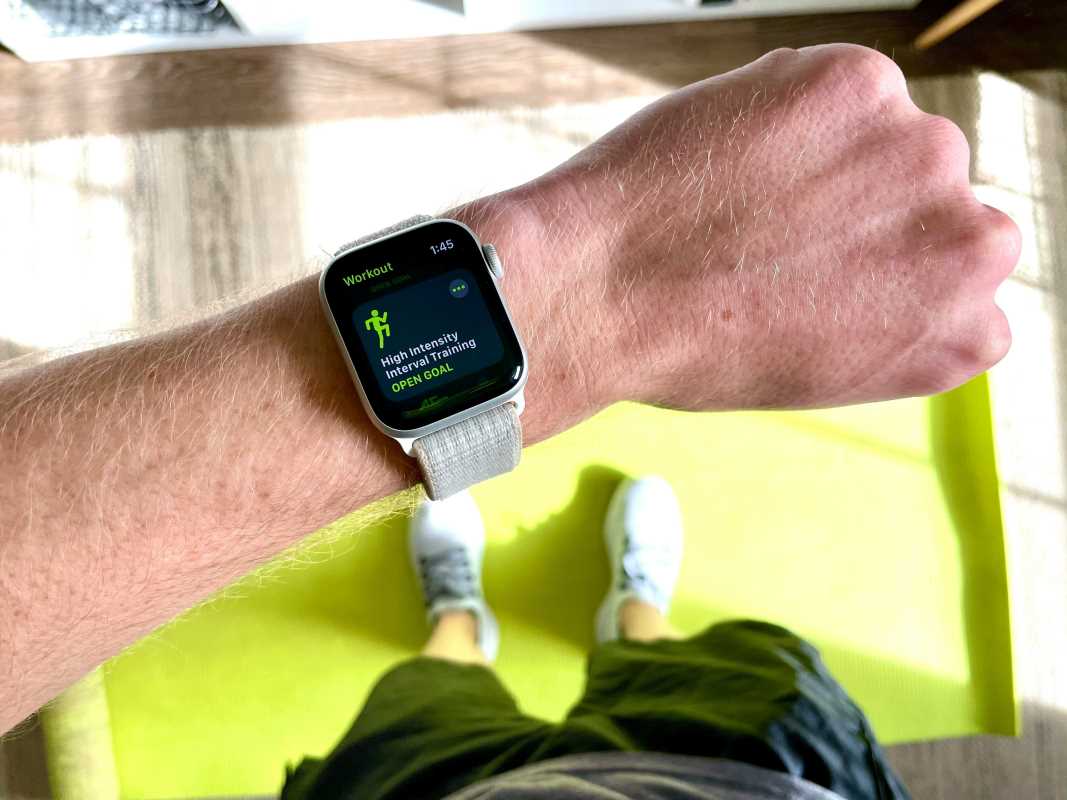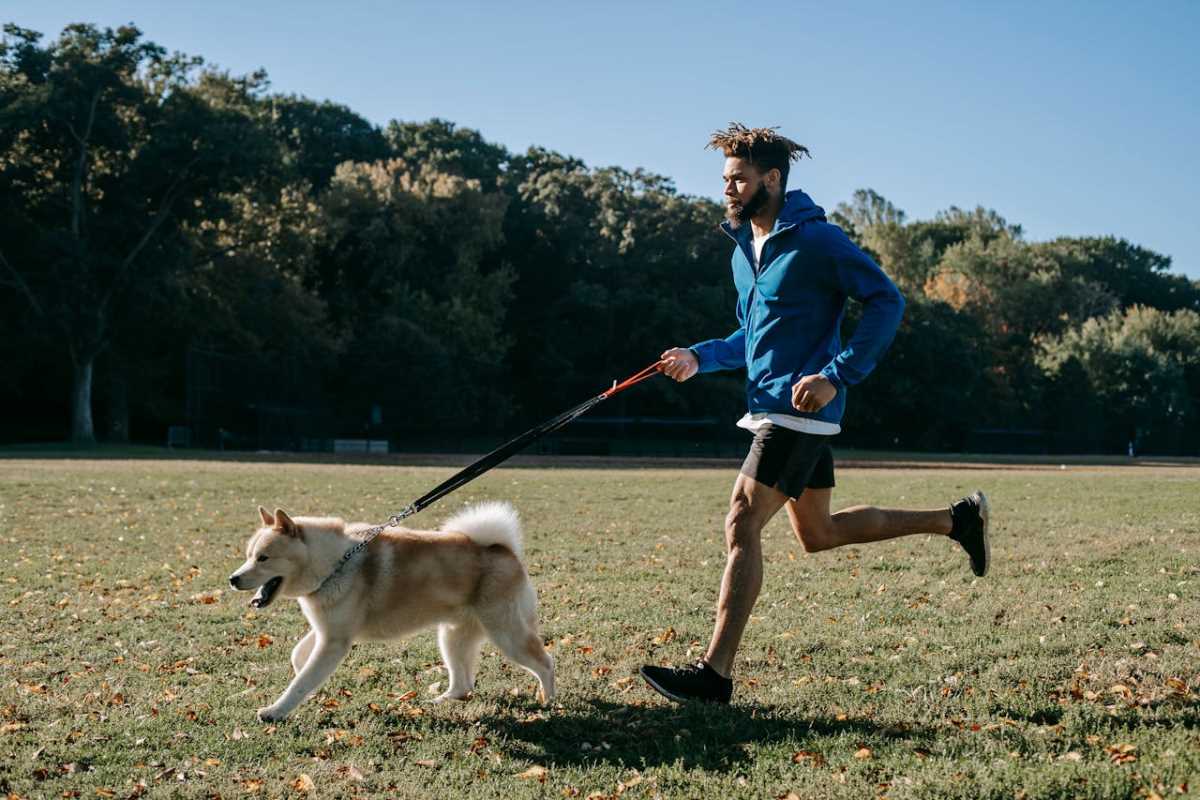What if working out could feel less like a chore and more like a team event you genuinely look forward to? That’s the magic of group fitness challenges. Whether it’s a friendly step-count competition, a month-long yoga streak, or a “biggest improver” weightlifting contest, group challenges combine motivation, accountability, and a healthy dose of fun to transform your fitness routine.
The beauty of these challenges is that they don’t just push you to achieve your fitness goals.
They foster a sense of connection, build new friendships, and sometimes even unlock a competitive streak you didn’t know you had. If you’ve been looking for a way to make exercise less of a solo grind and more of a celebration, group fitness challenges might be just what you need.
Fitness, Together
At its core, a group fitness challenge is all about shared goals. The structure is simple; a group of people comes together to tackle a set fitness target, whether that’s running a certain distance, lifting more weight, or simply staying consistent with workouts for a set period. The challenge often involves some kind of friendly competition or tracking progress, which amps up both individual and group motivation.
Here’s why it works so well. We humans thrive on connection and accountability. When you know your team is counting on you—not to mention competing against you in some cases—it’s much easier to stick with your goals. Showing up for yourself is important, yes, but showing up for a team? That’s a whole new level of motivation.
The Secret Ingredient of Accountability
Think about it. How many times have you skipped a workout because no one was watching? We’ve all been there. But in a group fitness challenge, there's a built-in accountability system that keeps you showing up.
Here’s why accountability matters. It creates a support network that reminds you to keep going even on the days you don’t feel like it. Knowing you’re part of a group, where others are rooting for you or relying on you, can be the difference between giving up and pushing through. Your teammates become your cheerleaders, and their encouragement makes the tough moments feel manageable.
Fitness challenges like step-count battles or activity streaks tap into this collective accountability. If the challenge involves logging your progress in a shared app (think Strava, Fitbit, or MyFitnessPal), the act of seeing others’ achievements can be a huge motivator. You might think, “If they can do it, so can I.”
Camaraderie Makes Everything Better
Beyond accountability, one of the most beautiful aspects of group challenges is the camaraderie they foster. Whether you’re sweating it out in a bootcamp class or trading tips in an online group, there’s something energizing about working toward shared goals with others.
Take, for example, workplace fitness challenges. Many companies have embraced initiatives like “Who Can Take the Most Steps This Month?” or “Office Weight Loss Goals,” and for good reason. A little friendly competition ignites team spirit and creates opportunities for colleagues to bond over something other than deadlines or meetings. Team wins feel bigger. Shared struggles feel smaller. And celebrating milestones (like hitting that 10,000-step goal) becomes a collective celebration.
Feeling supported and connected is a huge factor in long-term fitness success. Research even shows that people who engage in group exercise are more likely to keep working out over time compared to those who go it solo. Shared sweat equals shared strength.
Friendly Competition Boosts Motivation
While camaraderie builds connection, a little competition throws fuel on the motivational fire. There’s just something about tracking your efforts alongside others that sparks a desire to keep improving. You don’t even have to consider yourself a competitive person to enjoy this aspect of group fitness challenges.
Setbacks are easier to overcome when you have a group to keep you focused. Can't make it to the gym one day? You might find yourself squeezing in a quick home workout just to stay in the game. Logging daily miles for a group running challenge? That leader board might give you the nudge to add an extra lap. Healthy competition pushes you in ways you might not push yourself.
Plus, competition in a group setting isn’t just about winning—it’s about celebrating improvement. Who cares if you’re not lifting the heaviest weights in your gym? If you’ve increased by 10 pounds since last month, your team will cheer just as loudly for you as for the top lifter.
Examples of Fitness Challenges That Work
Curious how these group fitness challenges might look in action? Here are a few popular options to inspire you and your crew:
1. Step Count Challenges
This one’s a classic. Participants use fitness trackers to see who can take the most steps over a certain period. The best part? It’s accessible to almost anyone, whether you’re walking around the block or hiking trails.
2. 30-Day Class Attendance Challenges
Gyms and studios often run these challenges to encourage regular attendance. Members check off each class they complete, aiming to hit as many as possible in 30 days.
3. Team Races or Relays
Events like a Ragnar Relay or Tough Mudder allow groups to train together and work toward crushing a final race. They build both fitness and stories to laugh about over post-run pizza.
4. Virtual Fitness Goals
For remote participants, challenges tracked through apps like Strava or Peloton create the same fun and accountability, even from miles apart. Think virtual cycling races, yoga streaks, or a collective goal to complete 1,000 push-ups.
5. Challenges With a Cause
Fundraising fitness challenges, like charity runs or stair climbs, combine physical goals with the satisfaction of giving back. Knowing your efforts support a cause can be a powerful motivator.
How to Join or Start a Group Challenge
Not seeing any group challenges nearby? It’s easier than you think to start one yourself. Here are some simple tips to get the ball rolling:
- Set a Specific Goal: Decide on a clear target, such as running a certain number of miles, attending a set number of classes, or collectively burning a specific number of calories.
- Choose Your Platform: For in-person challenges, a simple spreadsheet or sticky-note progress board can work. For virtual challenges, use fitness apps with tracking and social features.
- Create Your Group: Group challenges work well in workplace teams, gyms, families, or with friends. The more, the merrier! Invite people who share a similar fitness interest or goal.
- Add Fun Incentives: A little reward goes a long way. Prizes could range from a gift card to the satisfaction of winning “bragging rights.”
- Make It Inclusive: Ensure the challenge can be adapted for all fitness levels, so newbies and pros alike feel welcome.
The Impact of Shared Success
Think back to the last time you celebrated a milestone with others. There’s a unique kind of satisfaction that comes from shared victories. That’s another reason group challenges go beyond just fitness; they remind us how powerful we can be when we support one another.
Long after the plank-holds and burpees end, the connections and memories you form through group fitness challenges will stay with you. They show you that you don’t have to work toward your health goals alone, and that cheering for someone else’s progress feels as good as achieving your own.
The next time you’re looking for a way to revamp your routine, consider joining or starting a fitness challenge. Worst case? You try something new and laugh along the way. Best case? You walk away stronger, happier, and with a crew of cheerleaders at your side.
Fitness is serious, yes, but who says it can’t be fun too? Challenge accepted.
 (Image via
(Image via





